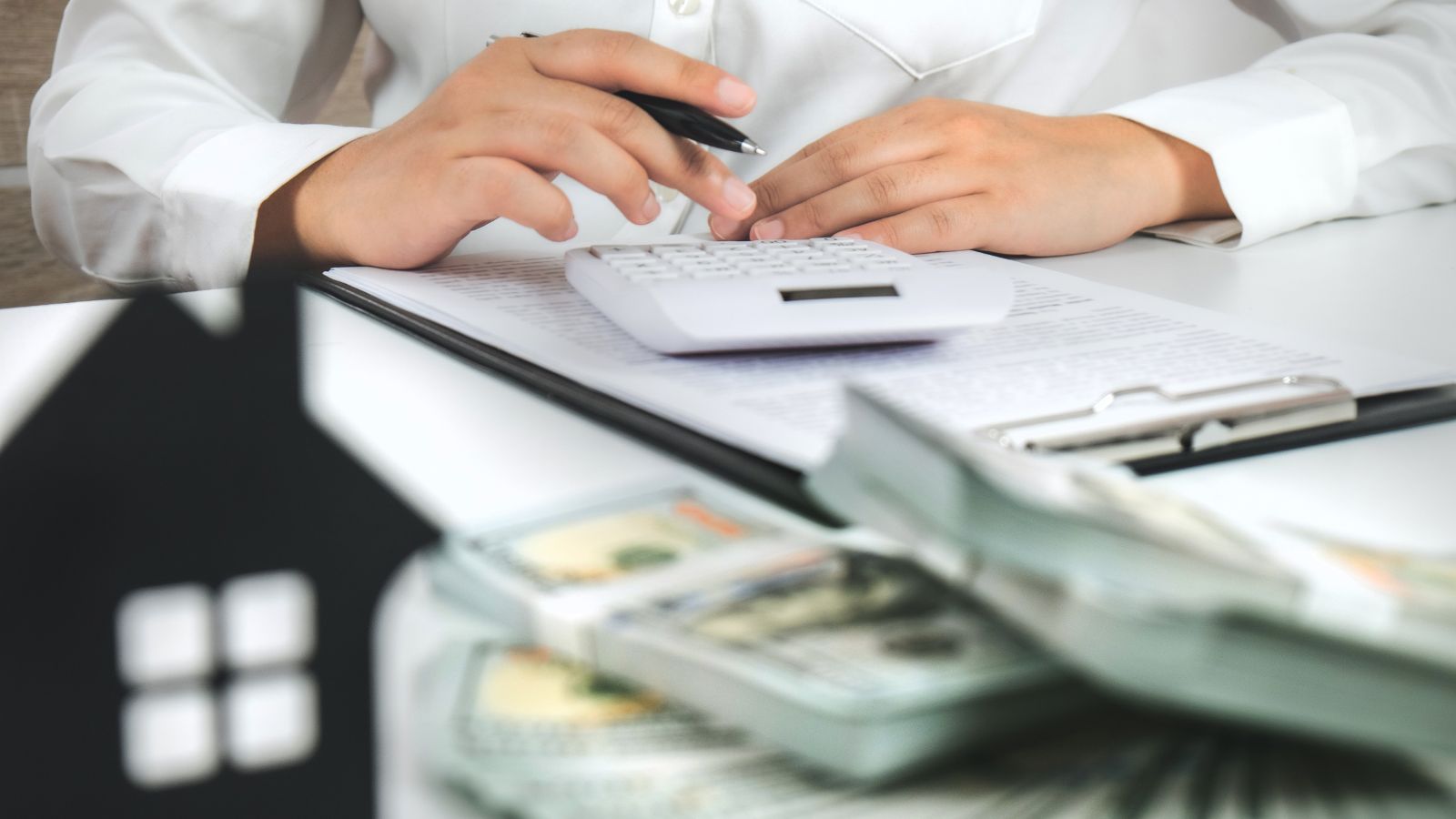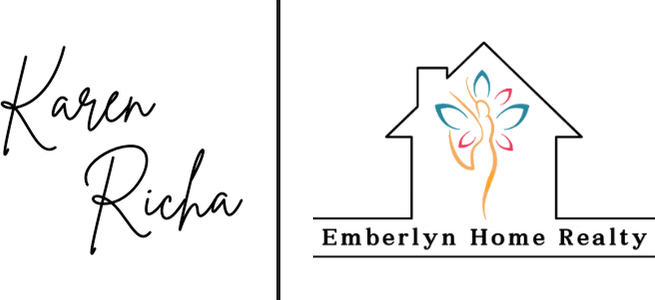Purchasing a house requires more than just a down payment—understanding all financial components involved will help avoid surprises and ensure a smoother home-buying experience. From closing costs to ongoing expenses, the financial commitments stretch beyond the listing price. Buyers who enter the market with a clear budget and savings plan are better positioned to make competitive offers and secure favorable terms. A thoughtful breakdown of these costs will guide future homeowners through every aspect, ensuring they approach the process with confidence. The more prepared you are, the more comfortably you can move forward when the right property becomes available.

Down Payment Requirements
The down payment is often the largest up-front cost when buying a home, and it varies widely depending on the loan type, lender requirements, and purchase price. Conventional loans usually require between 5% and 20% of the property’s value, with 20% being a common target for buyers aiming to avoid private mortgage insurance (PMI). PMI, which can add $30 to $70 per month for every $100,000 borrowed, protects the lender if the buyer defaults. However, government-backed loans, such as FHA, VA, and USDA loans, allow for smaller down payments, with FHA loans requiring as little as 3.5% and VA and USDA loans often requiring no down payment at all.
Down payment assistance programs can reduce this up-front expense for eligible buyers, particularly first-time homeowners. These programs offer grants or low-interest loans that may be forgiven over time. Additionally, family members may gift funds toward the down payment, though lenders often require documentation showing these gifts are not loans in disguise. Buyers should also factor in how their down payment will impact their monthly mortgage payment and cash reserves post-purchase. A lower down payment keeps more savings available for other expenses but typically results in higher monthly payments.
Ultimately, the decision about how much to put down hinges on balancing affordability with long-term financial stability. Buyers should assess their savings, future financial goals, and desired monthly payments to determine the optimal down payment amount. Consulting with lenders and reviewing loan options early can help ensure a smooth borrowing experience and set realistic savings goals from the start.
Closing Costs You Should Expect
Closing costs are various fees associated with finalizing a home purchase, typically amounting to 2% to 5% of the property’s purchase price. These costs include lender fees for processing the mortgage, appraisal fees to confirm the property’s value, title insurance, and escrow charges. Local government fees for recording the transaction and transfer taxes may also apply. Buyers must budget for these expenses separately from the down payment, as they are due at closing and are not rolled into the mortgage.
To avoid surprises, buyers should request a loan estimate from their lender early in the process. This document provides a detailed breakdown of expected fees, allowing for adjustments if needed. Comparing estimates from multiple lenders can uncover differences in fees and help buyers find savings. Some lenders offer no-closing-cost loans by adjusting the interest rate slightly higher to absorb the fees over time, which can be helpful if buyers prefer to keep more cash on hand.
In certain situations, sellers may agree to cover a portion of the closing costs as part of the negotiation, especially in buyer-friendly markets. Buyers should also explore lender credits, which reduce closing costs in exchange for a higher interest rate, or ask about down payment assistance programs that include closing cost coverage. Understanding these options helps buyers determine whether they can minimize out-of-pocket expenses at closing.
Being prepared for these costs allows buyers to focus on the final steps of their purchase with confidence. Allocating funds for closing costs ensures that no unexpected expenses disrupt the process, keeping everything on track for a smooth transition to homeownership.
Inspections, Appraisals, and Other Pre-Purchase Expenses
Before finalizing a home purchase, several important expenses arise to confirm the property’s condition and value. A professional home inspection is one of the most critical steps, providing insight into potential issues with the structure, electrical systems, plumbing, or roof. Inspections generally cost between $300 and $500, but specialized inspections for pests, radon, or mold may add to this total. While not always required, inspections are highly recommended to avoid costly repairs after moving in.
Lenders typically require an appraisal to verify that the property’s value matches the loan amount. Depending on the property’s size and location, appraisals cost between $400 and $600. If the appraised value is lower than the purchase price, buyers may need to negotiate with the seller or increase their down payment to cover the difference. Other pre-purchase expenses may include surveys to determine property boundaries and fees for homeowners’ association (HOA) documents if the property is part of a managed community.
Buyers should also prepare for the earnest money deposit, which typically ranges from 1% to 3% of the purchase price. This deposit signals the buyer’s intent and is applied toward the down payment at closing. However, if the buyer backs out of the contract without valid cause, the seller may keep the deposit.
Factoring these pre-purchase expenses into the budget ensures buyers can move smoothly through the buying process. Planning for these costs allows for better decision-making during negotiations and minimizes delays caused by missing deadlines.
Property Taxes, Insurance, and Escrow Payments
Once a home purchase is complete, property taxes and homeowners’ insurance become essential ongoing expenses. Most lenders require these payments to be made into an escrow account, where funds are held until the annual bills are due. Property taxes vary based on the location and value of the home, often accounting for 1% to 2% of the property’s value each year. Local governments use these funds to support schools, emergency services, and infrastructure.
Homeowners insurance, which protects property from damage or theft, typically costs between $1,000 and $2,000 per year. Premiums depend on the size, age, and location of the property, as well as the level of coverage selected. Homes located in areas prone to natural disasters may require additional coverage, such as flood or earthquake insurance, which increases the cost. Securing an insurance policy before closing ensures there are no delays in finalizing the loan, as lenders require proof of coverage.
Buyers should also account for the possibility of homeowners’ association (HOA) fees if the property is within a managed community. HOA fees typically cover shared amenities, landscaping, and exterior maintenance. Together, taxes, insurance, and HOA fees significantly impact monthly costs, so it’s important for buyers to factor them into their budget when determining affordability.
Moving Costs and Immediate Home Maintenance
The expenses associated with moving and setting up a new home can be easy to overlook but should not be underestimated. Moving costs vary widely based on distance, the size of the move, and whether professional movers are hired. Local moves may cost several hundred dollars, while long-distance relocations can reach into the thousands. Additional costs, such as packing services, moving insurance, or temporary storage, may also apply. Planning for these expenses helps avoid financial strain during the transition.
Upon moving in, buyers often face immediate maintenance tasks or small repairs. Even with a thorough home inspection, there may be surprises—such as leaky faucets or loose door handles—that need quick attention. Changing the locks, installing security systems, or painting walls are other common tasks homeowners tackle right away. Setting aside a budget for these early projects ensures the home is comfortable and secure from the start.
In some cases, new homeowners may need to purchase appliances or furniture, especially if they are moving from a smaller rental. Preparing for these costs ahead of time makes the transition smoother and reduces the chance of overspending in the first few months of ownership.
Renovation and Upgrade Costs
For many homeowners, moving in is just the beginning. Renovations and upgrades are common to personalize the space or increase its value over time. Kitchen and bathroom remodels are particularly popular, often costing between $10,000 and $25,000, depending on the scope of the work. Minor improvements like updating flooring or repainting walls can also enhance the home’s appeal without breaking the bank.
Planning for renovations early can help homeowners prioritize projects over time rather than taking on too much at once. Additionally, understanding the return on investment (ROI) for certain upgrades ensures that improvements contribute to the home’s long-term value. Financing options like home equity loans or personal loans can help spread out renovation costs, though buyers should carefully consider these to avoid overextending their budgets.
Ongoing Homeownership Costs to Consider
Owning a home involves long-term financial commitments beyond the initial purchase. Routine maintenance is essential to keeping the property in good condition and preserving its value. Experts recommend setting aside 1% to 2% of the home’s value annually for maintenance and repairs. Some tasks, such as lawn care, HVAC servicing, and pest control, require regular attention, while others, like roof replacements or plumbing repairs, arise unexpectedly. Building an emergency fund ensures homeowners are prepared for larger, unplanned expenses.
Get Ready to Take the Next Step
When you’re ready to explore home-buying options, having a clear understanding of all the financial elements involved makes the process smoother and less stressful. Every expense—whether it’s the down payment, closing costs, or ongoing homeownership responsibilities—plays a role in determining what kind of property fits your budget and lifestyle. Contact me today to discuss your goals and begin finding a home that aligns with your financial plans.


